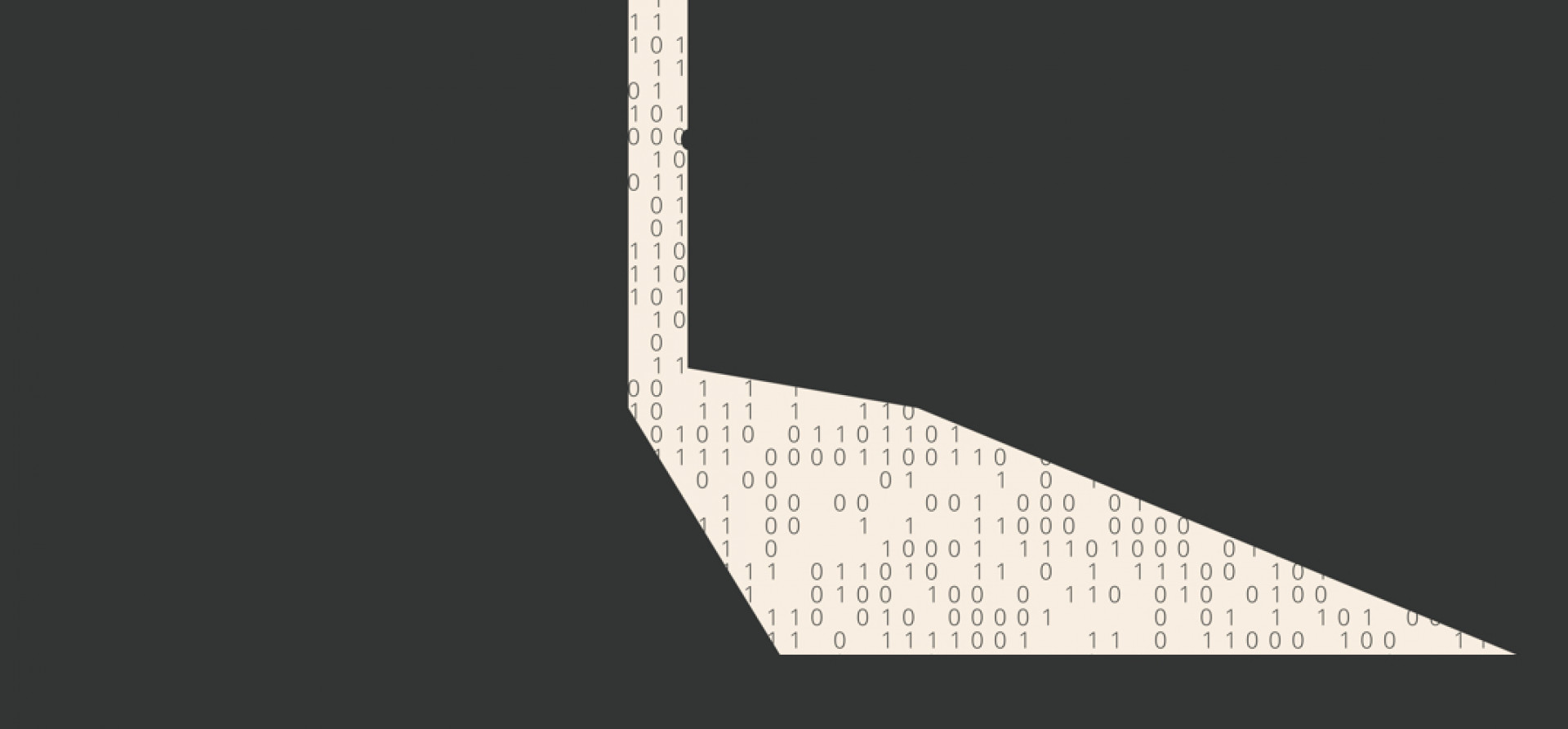Cybersecurity teams are under more scrutiny than ever.
Internal stakeholders, auditors and regulators are asking security teams for more and more information in an effort to ensure that their security measures are sufficient.
But simple answers to even the most basic questions remain elusive:
What assets are we defending?
What controls do we have deployed against those assets?
Are those controls doing what they’re supposed to?
You can’t secure what you can’t see
Trends such as cloud computing, BYOD and remote working have created layers of complexity and ambiguity that security teams are struggling to manage.
In an effort to keep up, security teams have spent years stocking up on different tools. In fact, our research has found that the average security team is now running more than 50 different tools. This overabundance, with each tool designed to solve a specific problem, can lead to data silos and a general lack of visibility and interoperability.
It also creates more work for security teams. Our research has found that security teams now spend over a third of their time manually pulling data from security tools so it can be presented back to the business. This is time that they could have spent on the job at hand – securing the organisation.
This lack of visibility makes it almost impossible for security teams to give unequivocal answers to the most fundamental security questions. Put simply, you can’t secure what you can’t see.
Continuous Controls Monitoring can help
Continuous Controls Monitoring can help security and IT leaders achieve complete, accurate and up-to-date visibility of their entire IT and security estate. Our platform establishes a single view of all security and IT systems on-prem and in the cloud, reducing the need for manual data gathering and breaking down information silos. To find out more visit www.panaseer.com.
It then maps your IT and security data to your organisation’s structure, allowing you to prioritise risk based on impact to the business, or view the total risk of specific locations, business units and processes. This data can also be mapped to recognised frameworks.
This helps security and IT leaders to make risk-informed decisions, so they can identify and resolve the most critical threats and vulnerabilities based on business impact, and measure the effectiveness of risk reduction and remediation. It also provides a single and trusted view of the entire estate, helping to align internal and stakeholders and improve decision-making across the enterprise.
How to Gain Complete Visibility into Enterprise Security Posture with Continuous Controls Monitoring
With increasing scrutiny and the exploding complexity of IT and security infrastructure, CISOs are struggling to demonstrate strong control over cybersecurity risks. Answers to even the most fundamental security questions remain elusive: What are the assets we’re defending? Where are our controls deployed? Are our controls performing as we expect? In this session, we’ll explore how Continuous Controls Monitoring (CCM) helps security leaders achieve complete, accurate and up-to-date visibility into their security posture. Join us to find out how CCM enables an enterprise-wide unified view into all assets being protected, so CISOs can make risk-informed decisions to prioritize security initiatives and maximize effectiveness of their existing security investments. Speaker: Charaka Goonatilake, CTO Date and times:- Monday, January 27th - 16:00
- Tuesday, January 28th - 15:00
- Wednesday, January 29th - 14:00
